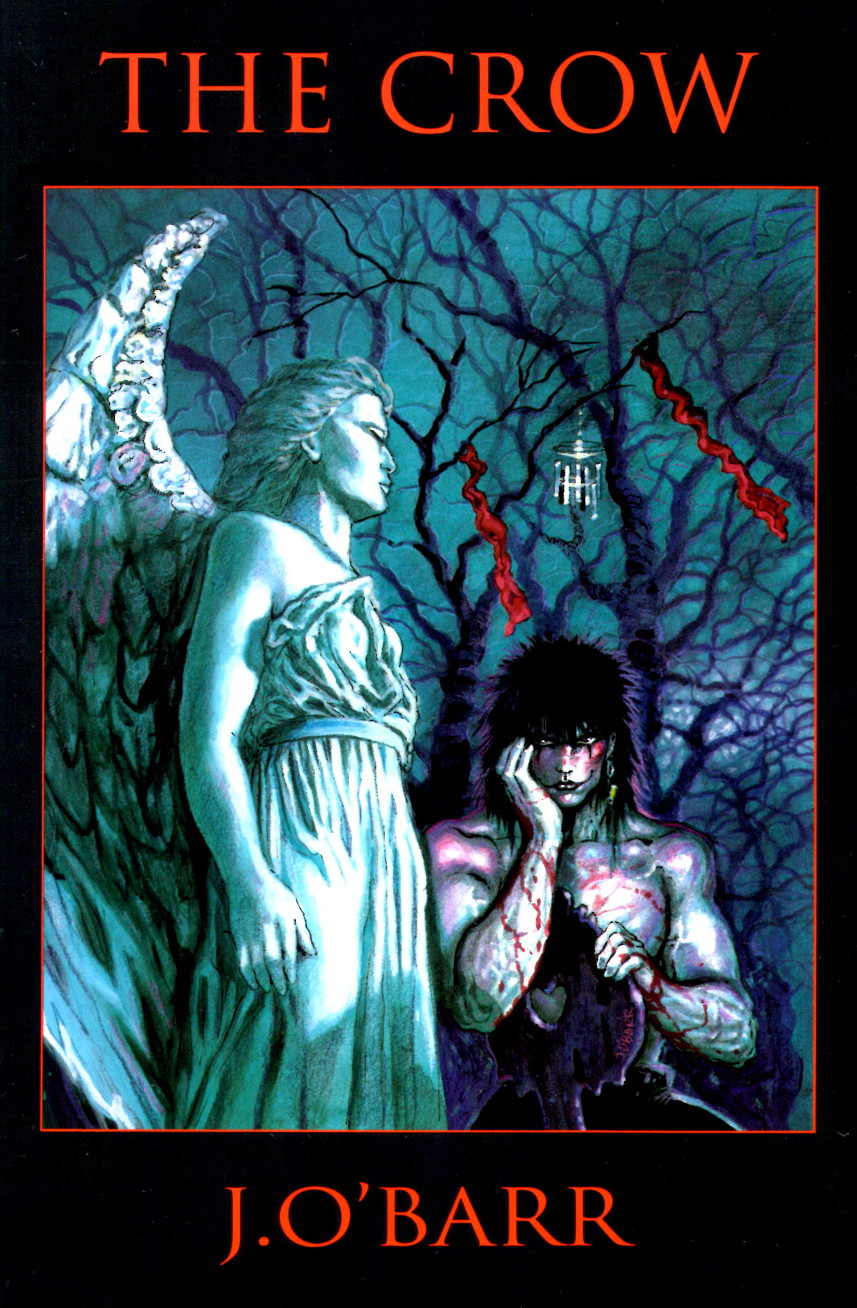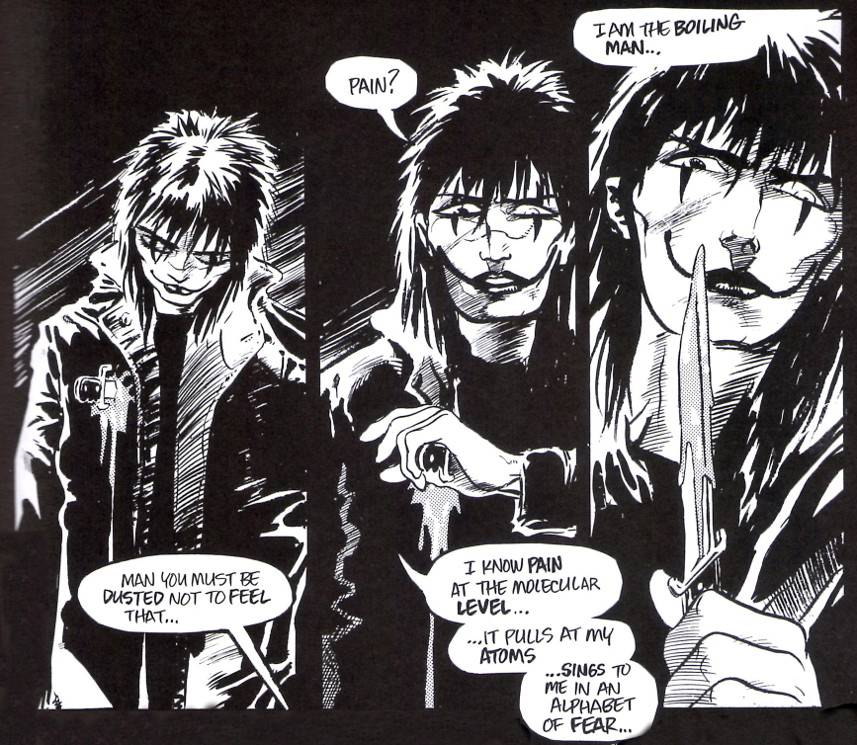A Forgotten Classic
The year was 1989. The comic book industry was in the midst of the expansion bubble that would eventually burst in 1993 (a story for another day). Comic books were now not just items in the collectibles market, whose value was based on past performance, but items in a speculative futures market, where value was guessed based with Ponzi-like logic.
In response, publishers pushed better paper and printing processes that littered the landscape with all sorts of novelties guaranteed to turn any issue into an instant classic: multiple covers, embossed covers, holograms, and foil inserts. The big two (DC and Marvel) pushed out large arcs, mega arcs, crossovers, and huge interlocking storylines with regular titles supplemented with special issues. Thousands of pages drenched the reader in color and pageantry and melodrama.
What chance could an independent comic possibly have in competing with all this eye candy? A learned observer may be inclined to say little or none, especially if the comic was in black and white, dealt with previously unknown characters that find themselves placed in the far more humble circumstances of the urban jungle rather than a world-spanning alien invasion or the cosmic end of the universe.
But, as it turns out, such a learned observer would have been wrong. James O’Barr’s The Crow showed how a touching, human-focused story coupled with evocative art can more than overcome the lack of the backing of an industry giant.
The Crow was so successful that it spawned numerous sequels and a movie and television franchise that persisted for decades after its publication. What’s most telling is the fact that the original series is as moving and compelling today as it was nearly 30 years ago.
How did this veritable David outpace the mainstream Goliaths? In a sentence, The Crow was both a labor of love and moving love story.
For those unfamiliar with the story, a short synopsis is useful and spoils nothing; the reason being that, in a real sense, there is nothing to spoil. There are no plot twists or surprises – simply a story of love, loss, pain, and coping. The core of the story centers on the tragedy of Eric, a young man who was cruelly and wantonly murdered along with his fiancée Shelly when they have the misfortune to breakdown in a lonely spot where they are found by a gang of street thugs. About a year later, Eric is granted a chance to come back and set things right. His soul is transported to the land of the living by a crow, who is both the source of his strength as well as his spirit guide and advisor.
Gifted with invulnerability and superhuman reflexes and strength, Eric begins hunting down the scum who killed him and his fiancée, extracting brutal revenge in a variety methods. His abilities are not exactly classic super powers and it is probably fairer to say that his invulnerability doesn’t protect him from harm so much as it keeps him unharmed even while he is ‘harmed’. For example, when stabbed with a knife, the blade bites deep, severing flesh and causing blood to flow, but the wounds cause neither pain nor lasting damage.
There is little to no suspense as he achieves his revenge. The story starts with Eric already resurrected, already empowered, and already seeking revenge. O’Barr makes it clear that Eric will have his revenge and he will make the punks pay dearly. The only questions of where, when, and how are minor considerations. The story gets its drive and interest from poetry of love and pain that comes to the reader as he learns more about the love and joy Eric and Shelly shared before the fateful day where they encountered the punks, the pain and suffering of that encounter, and the aftermath of the tragedy.
The story of The Crow is so compelling that it could have succeeded with mediocre art and routine writing. Fortunately, O’Barr’s art is first rate and his writing above average, turning the tale into a classic.
His visual stylings are basically divided into two parts: clean lines and well-constructed panels for real-world sequences, and ‘hazy-focused’, softened images for the more emotional or tender sequences. He is great in using character expressions to enhance the evocative nature of the story, especially around the gut-wrenching events when Eric and Shelly are killed. Consider the following panel progression just after their car has broken down and the punks have arrived to help.
The narrative portion of the writing is solid and, while not often moving, does not detract from the story in any substantial way. The dialog is where O’Barr shines creating some of the most haunting phrases including ‘Mother is the name for God in the lips and hearts of all children.’ and ‘Amazing God would waste skin on trash like that…’.
One of the best comes in the following exchange between the Crow and Funboy:
From top to bottom, The Crow delivers; delivers on art, on dialog, and, most of all, on story. All this from a small, independent creator working on a shoe-string budget to create something really meaningful. If only the big guys would learn the lesson.





